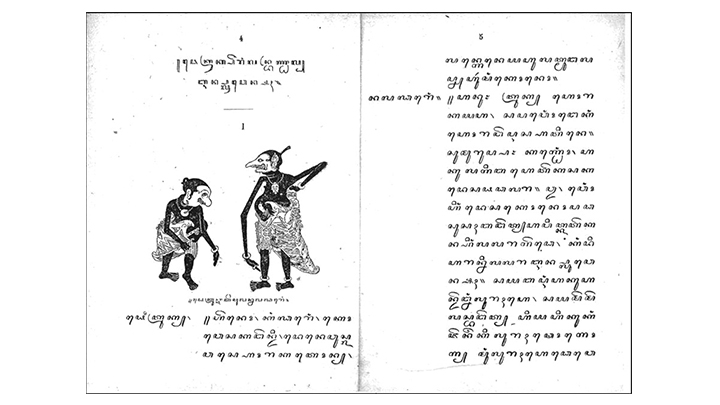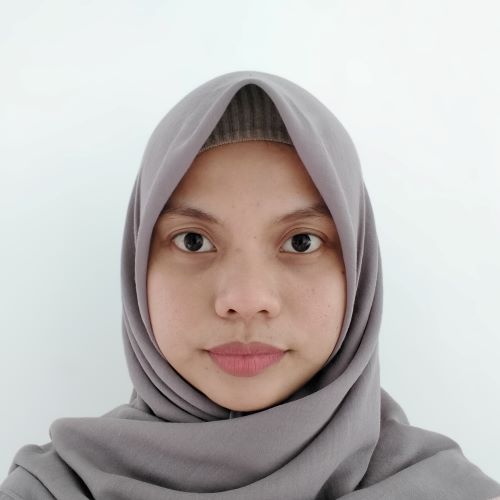After the Pandemic: ‘The New Normal’
Tuesday, May 19, 2020
arsip tempo : 171417480487.

NOT a handsome face, nor a muscular physique. The only requirement to try capture Seriati’s heart was the ability to cure influenza. The contest announced by Seriati’s dad was worded thus: “Anyone capable of treating the dangers of this flu may marry my daughter, Seriati. Is she not a beauty, O Plump Master?”
The Plump Master admitted Seriati’s comeliness. He showed off his healing medicinal prowess against coughs a
...
Subscribe to continue reading.
We craft news with stories.
 For the benefits of subscribing to Digital Tempo, See More
For the benefits of subscribing to Digital Tempo, See More








